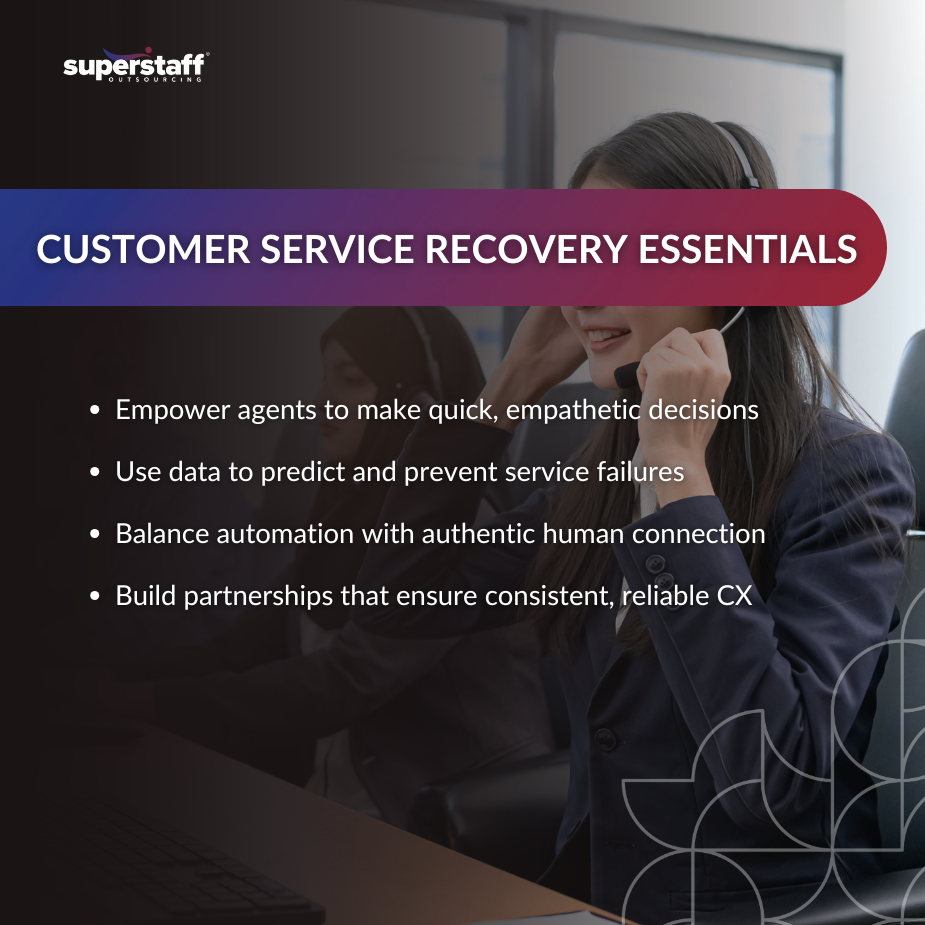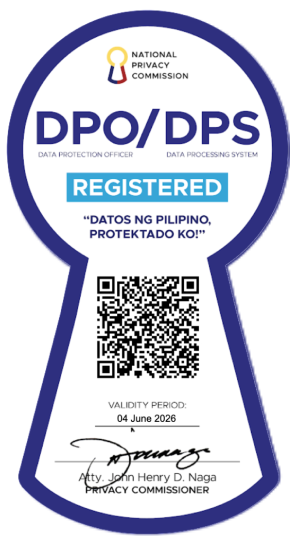
Customer service recovery is every business’s silent safeguard against the fear—a single bad customer service encounter going viral and haunting a brand for years. The anxiety around these “customer service horror stories” often holds leaders back from scaling support teams or experimenting with new CX strategies.
But fear doesn’t have to rule the way you serve your customers. With the right systems, empowered agents, and reliable outsourcing partners, companies can turn mistakes into lasting trust through strong customer service recovery.
This blog helps businesses understand why service failures happen and how to turn them into opportunities for consistent CX success.
The Root of Fear: Inconsistent Customer Experience
Fear of customer service horror stories starts with inconsistency. It’s not a single bad call that ruins a reputation—it’s when experiences vary so wildly that customers no longer know what to expect. One agent may deliver genuine care, while another sounds robotic or dismissive. That unpredictability makes customers anxious and erodes confidence.
Social media adds pressure. A single screenshot or video of a poor interaction can spread within hours, influencing thousands. For small and midmarket companies, such incidents can cost months of reputation repair.
These situations stem not from bad people, but from unclear processes, tone inconsistencies, or gaps in training. Recognizing these weak points is the first step toward customer service recovery that rebuilds both internal confidence and public trust.
When Communication Breaks, Escalation Begins
Many customer service horror stories start with miscommunication. Teams working in silos miss important context, and that lack of information frustrates both customers and staff. Without visibility across channels, agents may repeat the same questions or provide conflicting answers, fueling customer irritation.
Implementing CRM tools and shared ticketing systems can close these gaps. When agents have access to full customer histories, they can resolve problems quickly and consistently. Accountability also matters—leaders must create an environment where frontliners can report recurring issues and suggest solutions. This kind of openness is one of the most effective customer service call center best practices. When communication flows clearly inside the company, customers experience that same clarity on the outside.
Empathy as the Key to Customer Service Recovery
Even the most efficient systems can’t prevent every mistake. What defines great service is how teams respond when things go wrong. Empathy turns frustration into understanding and conflict into trust. When agents listen sincerely and communicate ownership, customers feel heard instead of dismissed. That’s the foundation of meaningful customer service recovery.
Empowered agents are essential. When they can make judgment calls—like offering a replacement, refund, or goodwill gesture—without waiting for managerial approval, recovery becomes faster and more human. Recognizing and celebrating these wins reinforces confidence across the team. Over time, empathy becomes part of company culture rather than a reaction to problems.
Turning Fear Into Strength Through Outsourcing

For many businesses, maintaining 24/7 customer support in-house feels overwhelming. Outsourcing offers a solution that blends expertise, structure, and scalability. When companies outsource to the Philippines, they gain access to professionals known for empathy, patience, and cultural alignment with Western customers.
BPO providers like SuperStaff build teams around established customer service call center best practices—consistent tone, real-time escalation systems, and clear quality standards. Outsourcing also helps prevent burnout by distributing workloads among trained, rotating teams. With round-the-clock coverage and quality monitoring, customer service recovery becomes a built-in capability, not just a reaction.
The right outsourcing partnership doesn’t just protect brands from mistakes—it builds systems that ensure those mistakes rarely happen in the first place.
Preventing the Next Horror Story Through Data
Data is one of the strongest defenses against CX crises. Tracking metrics like CSAT or NPS helps identify early warning signs before problems escalate. Businesses that analyze complaint trends or recurring delays can intervene before issues reach social media.
AI-assisted monitoring can also detect dissatisfaction by analyzing tone or language patterns. These insights guide teams to refine processes, retrain agents, or adjust staffing schedules. This proactive approach to customer service recovery helps businesses act before reputations are at risk.
Decision-makers who use data this way don’t eliminate risk—they control it. By combining analytics with empathy, they prevent horror stories and strengthen loyalty at the same time.
Balancing Automation and Human Touch
Technology is transforming how businesses manage customer experience. Automation speeds up service, but it can never replace the human warmth that defines great support. The best companies use automation as a tool to enhance—not replace—human interactions.
Chatbots can handle routine questions, freeing agents to focus on complex issues that require empathy. However, tone consistency must remain a priority. Training teams to interpret AI insights with emotional intelligence ensures customers feel acknowledged, not processed.
When automation and human service work hand in hand, businesses deliver faster resolutions without losing the personal touch. This balance creates the kind of customer service recovery moments that win customers back and keep them loyal.
Learning From the Past for a Better Customer Service Recovery
The most successful companies don’t erase their customer service horror stories—they study them. Turning failures into internal learning moments builds stronger, more resilient teams. When agents understand what went wrong and how to fix it, fear gives way to confidence through effective customer service recovery.
Sharing stories of successful recoveries also motivates teams. Celebrating employees who turned an unhappy customer into a loyal one builds morale and shows that even mistakes can lead to growth when customer service recovery is embraced as a long-term strategy.
This mindset shift—seeing challenges as lessons—is among the most powerful customer service call center best practices that sustain long-term success. Businesses that focus on how to learn from customer service horror stories eventually realize that every challenge carries an opportunity to demonstrate authenticity and care.
Building a Fear-Proof CX Foundation
Great CX doesn’t mean perfection. It means being ready, resilient, and consistent. Businesses that invest in people, processes, and partnerships are better equipped to handle unexpected challenges. When these three elements align, customer service recovery becomes second nature.
People bring empathy, processes ensure consistency, and partnerships like outsourcing to trusted providers guarantee reliability. Together, they form a foundation that turns potential crises into confidence-building moments.
Partnering for Sustainable Customer Service Recovery
The fear of customer service horror stories will always exist, but it doesn’t have to define your brand. With empathy, communication, and the right outsourcing structure, you can transform every potential crisis into a chance to strengthen relationships.
At SuperStaff, our experienced teams in the Philippines deliver consistent, compassionate service built on proven customer service call center best practices. Whether you need scalable 24/7 support or specialized recovery expertise, we help your brand achieve customer service recovery that lasts.
Partner with SuperStaff today and turn every challenge into a story of trust and loyalty.






